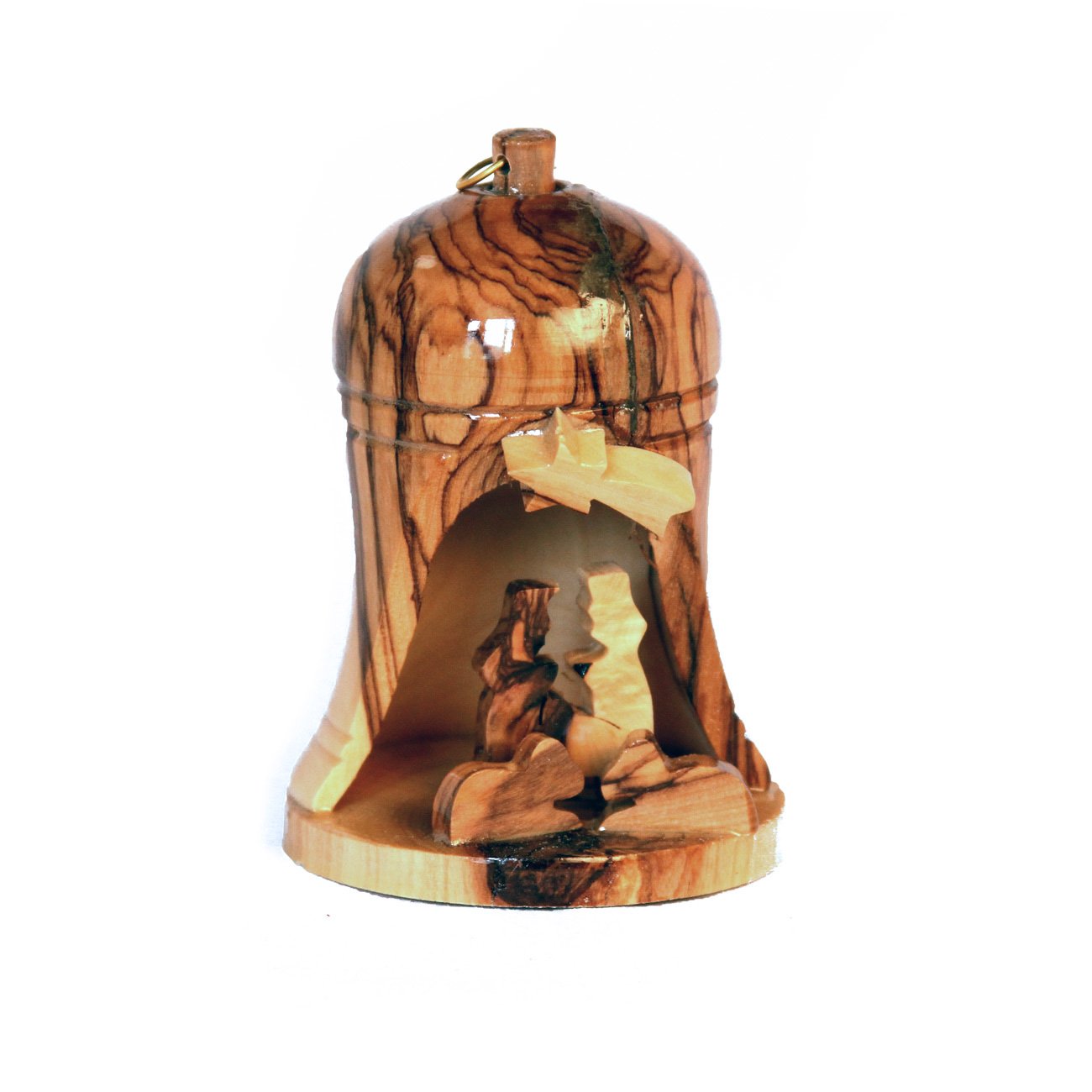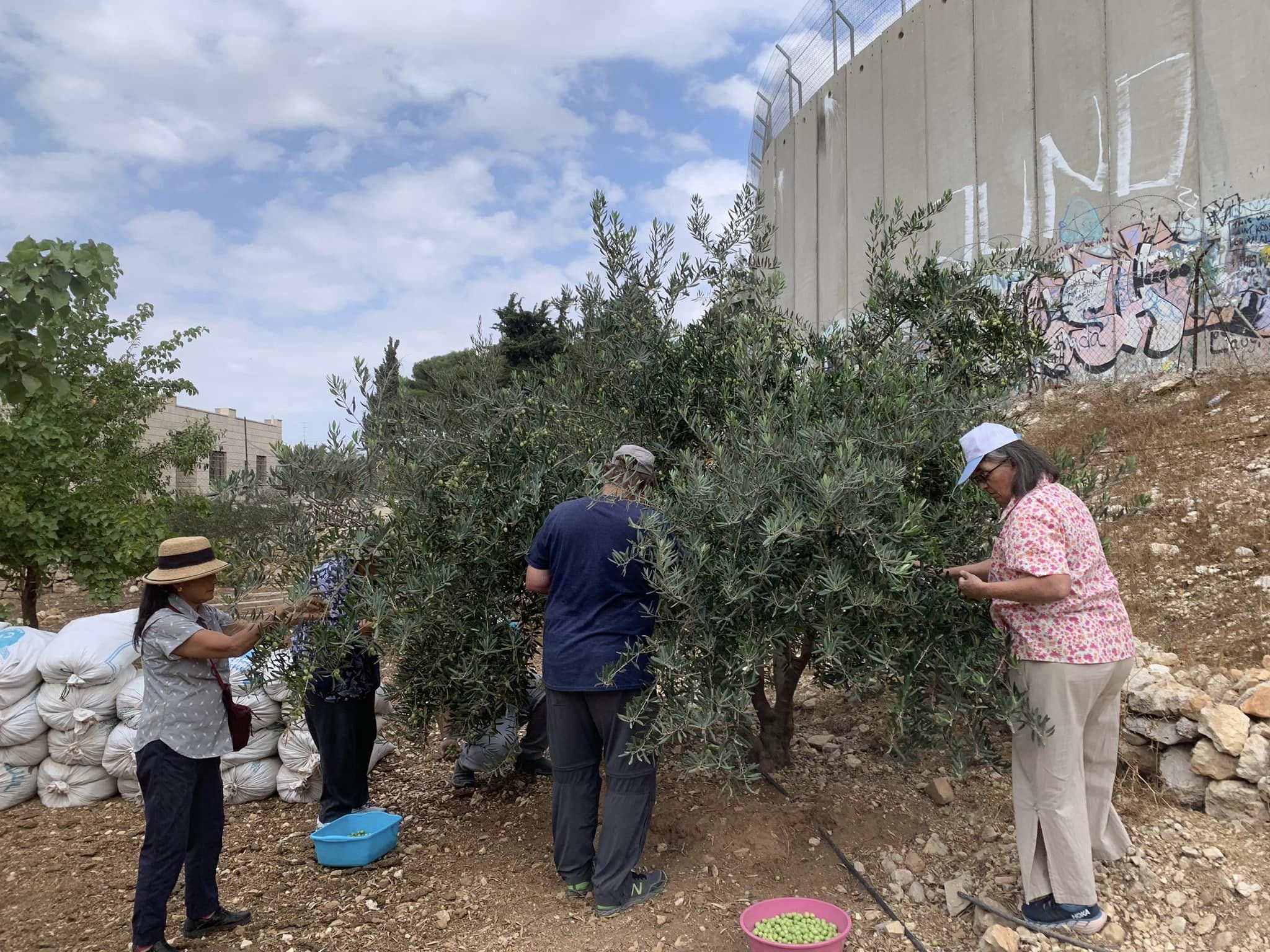Get Involved
Join Canadian Friends of Sabeel by supporting our work and acting for a just peace in Palestine and Israel.
For regular updates, subscribe to our Bi-weekly Bulletin.
Contact us.
Get in touch with us by filling out the form on the right.
Or you can email us directly at info@friendsofsabeel.ca.
Stay updated
Subscribe to our CFOS Bulletin for regular updates on our work, the work of our partners, and the situation in Palestine.
Get Involved
Pray for Palestine
Pray for Palestinians living under brutal occupation, oppression and apartheid. Pray for Israelis living with fear and insecurity. Pray for wisdom, strength and courage for all actors – including Canadians – to work for a just and durable peace.
Prayers
Get Involved
Get Involved
Join Worship & Group Prayer
-
Wave of Prayers
Join with others around the world in praying with Palestinian Christians through the Wave of Prayer from Sabeel Ecumenical Liberation Theology Center. Subscribe to the Wave of Prayer.

-
Sabeel Ecumenical Liberation Theology Center Weekly Online Worship
Join the weekly online worship service, hosted each Thursday by Sabeel Ecumenical Liberation Theology Center at 18:00 Jerusalem time. Register here to attend.

-
Mennonite Church Canada Prayers of Lament
Visit the website of Mennonite Church Canada website for prayers of lament and intercession for Palestine and Israel

-
Churches for Middle East Peace Prayers for Peace
Visit the website of Churches for Middle East Peace for prayers for peace.

Volunteer
Join our team of volunteers to help further the work of CFOS. We welcome those who have interest and expertise in writing, organizing, doing social media, serving on our board or committees, etc. Contact us at info@friendsofsabeel.ca if you are interested and can serve for at least a year.
Get Involved
Organize
Join with others in your community to plan a public event, a film night, a panel discussion or a vigil. Build understanding and mobilize action for a just peace.
Get Involved
Advocate
Canadian Members of Parliament are some of the key players in Canada’s response to realities in Palestine and Israel. Urge your Member of Parliament, the Prime Minister and the Minister of Foreign Affairs to pursue policies and actions supporting a just peace in Palestine and Israel.
Tips for writing effective advocacy letters:
Focus on one topic or issue. Clearly outline your concerns.
Keep your letter short and succinct (ideally 1-2 pages).
Use a constructive tone. Be critical but polite.
Incorporate your personal experience related to Palestine to increase your authority in addressing the topic.
Copy all relevant MPs and officials.
Papers sent by snail mail – especially if handwritten – will have a greater impact. Letters sent to the following address require no postage.
[name of elected official]
House of Commons
Parliament Buildings
Ottawa, Ontario, Canada
K1A 0A6
Find your Member of Parliament’s contact information here.
View CFOS and CFOS-supported letters here.
For sample letters and petitions, visit the Canadians for Justice and Peace in the Middle East.
Get Involved
Visit Palestine
Palestinian Christian leaders invite members of the global church to “come and see, then go and tell.” From time to time, CFOS or its partners organize learning tours to educate Canadians about the realities of occupation, oppression and apartheid, under which Palestinians live.
Get Involved
Purchase for Palestine
Supporting Palestinian artisans, producers and businesses is an excellent way to extend solidarity and economic support. Purchase Palestinian-produced goods for your own use or as gifts for friends and family.
See some examples below of Palestinian artisans and creative industries.
Get Involved
-

Hirbawi Kufiyahs
Hirbawi is the only factory in Palestine still producing the kuffiyeh (or kufiya) – the traditional Palestinian headdress. The kuffiyeh symbolizes Palestinian heritage but also the peoples’ struggle for freedom and self-determination.
-

Paltisana
Paltisana (Palestinian Artisans) markets a whole range of Palestinian produced gifts, including olive wood carvings, ceramics, jewelry, embroidery, mother of pearl and more. It is a program of Dar Al-Kalima University in Bethlehem.
-

Star Bazar
The Star Bazaar of Bethlehem Bible College sells and ships olive wood carvings, ceramic dishes, jewelry and other items made by Palestinian artisans.
-

Women in Hebron
Women in Hebron is a Palestinian nonprofit fair trade cooperative based in Hebron, West Bank. Coop members produce garments, bags and pillowcases with traditional Palestinian embroidery.
-

Zatoun Olive Oil
Zatoun: Fair Trade Olive Oil from Palestine, based in Toronto, imports extra virgin olive oil, soap and zaatar spice from the West Bank and distributes it across Canada.
Practice BDS
BDS: Boycott, Divestment and Sanctions
BDS is a Palestinian-led movement for freedom, justice and equality. Inspired by the South African anti-apartheid movement, the BDS call urges action to pressure Israel to comply with international law.










